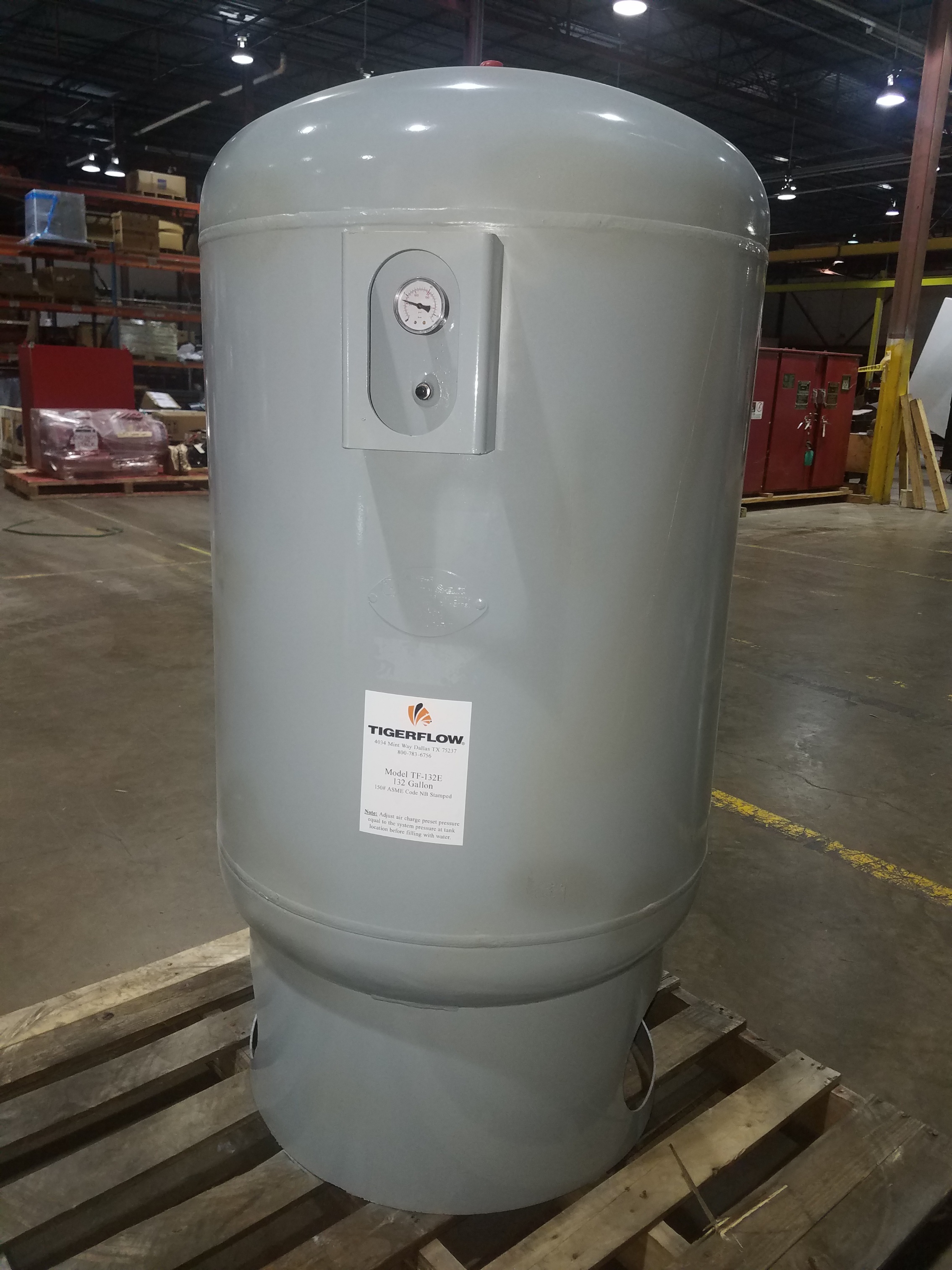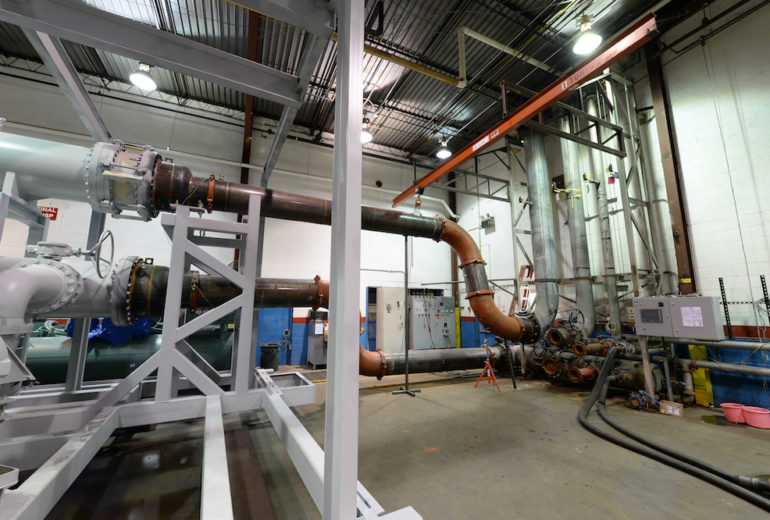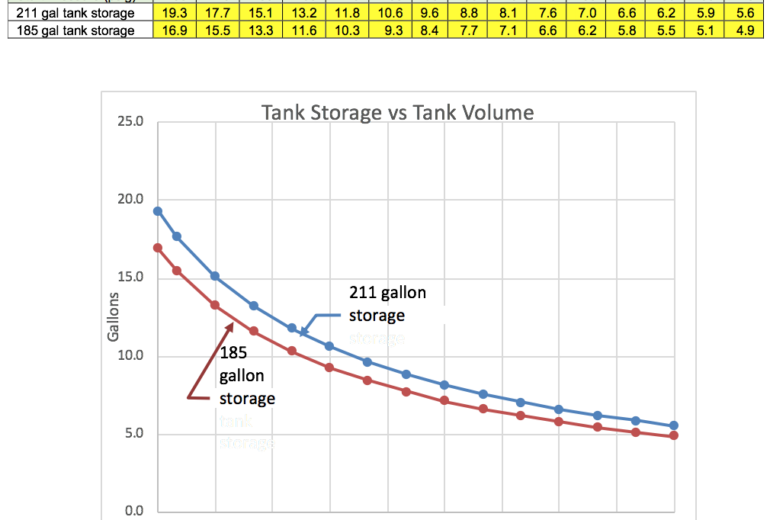The engineered water boosters from TIGERFLOW are designed to operate without needing add-on components, like hydropneumatic tanks. However, in certain situations and applications, the addition of these expansion tanks can be quite useful. In today’s blog, we’re covering the basics that you need to know about hydropneumatic tanks and how they are used with open loop domestic water boosters.
What Hydropneumatic Tanks Do
The primary use of a hydropneumatic tank is to lower the energy consumption of the booster during low-flow situations by allowing the water to be drawn from the tank instead of turning on a pump to meet the low demand. Another great function and benefit of the tank is that it helps to prevent overheating the water at the pumps, therefore mitigating the need for a thermal relief valve.
When Hydropneumatic Tanks are Beneficial
While hydropneumatic tanks are not always necessary, there are some applications where they can be beneficial. These tanks are more useful and worth the price of purchase in buildings like schools and apartments where there is a low demand for water at night. Where you wouldn’t really need one is in a building like a hospital or a prison where there is always a high demand.
Where to Place the Hydropneumatic Tank
To get the most use out of your hydropneumatic tank, you will typically want to place it at the top of a building rather than mounted adjacent to the booster system. The amount of water a tank can store is determined by the water pressure at the tank’s location. The water pressure will typically be lowest at the highest point of the building, which is ideal for the hydropneumatic tank to maximize the tank’s storage capability. The temperate of the location that the tank will be stored should also be considered. It is best to place the hydropneumatic tank in a temperature-controlled room. If the temperature of the room varies it may affect the pre-charge pressure of the tank, thus minimizing the tank’s effectiveness.
Getting Hydropneumatic Tanks from TIGERFLOW
While TIGERFLOW boosters are designed to not require a hydropneumatic tank, we do still offer them for when they are needed. We offer a 185 and 132-gallon option called TF-185, 185-gallon, 200PSI-rated, ASME code tank and TF-132, 132-gallon, 150PSI-rated, ASME code tank.
At TIGERLFOW, we’re committed to making sure your pumping system is always operating with the utmost efficiency. To get the most efficient use from your booster, you may need a hydropneumatic tank. Contact your local TIGERFLOW representative and discuss your options for your water booster system.
Author: Chaz Ward, Applications Engineer















